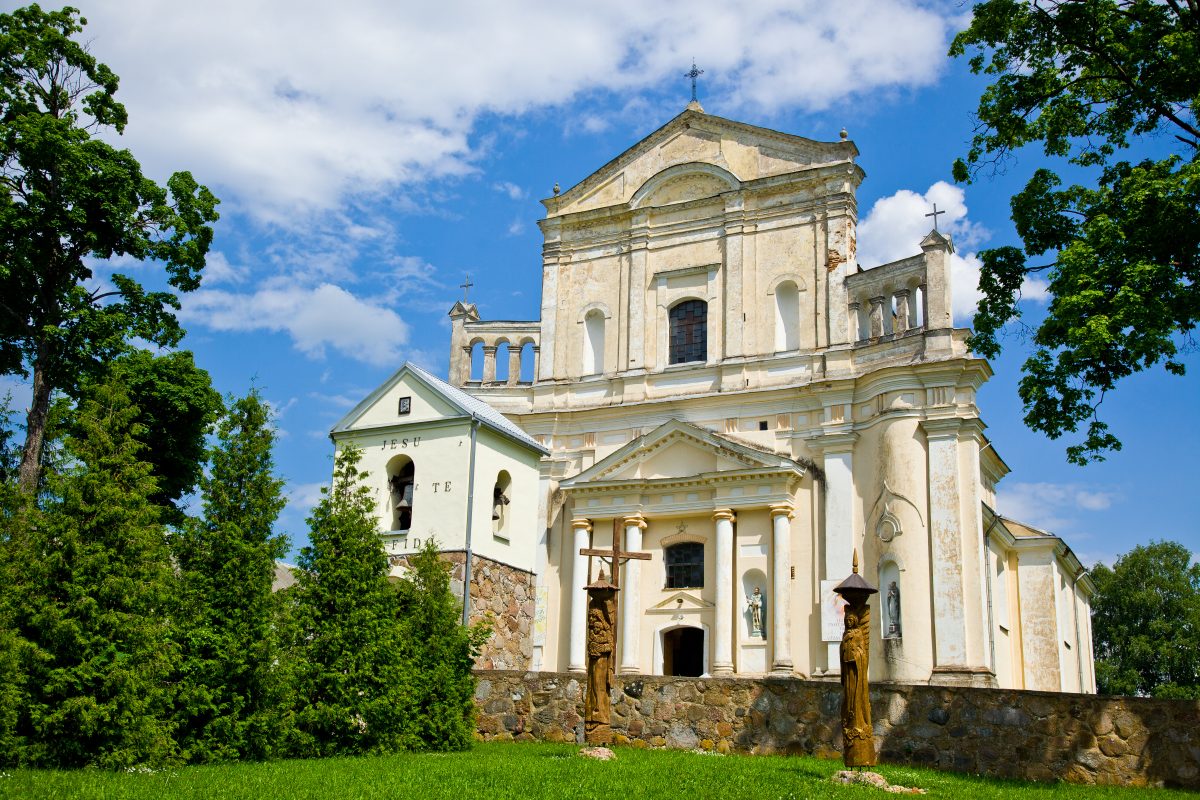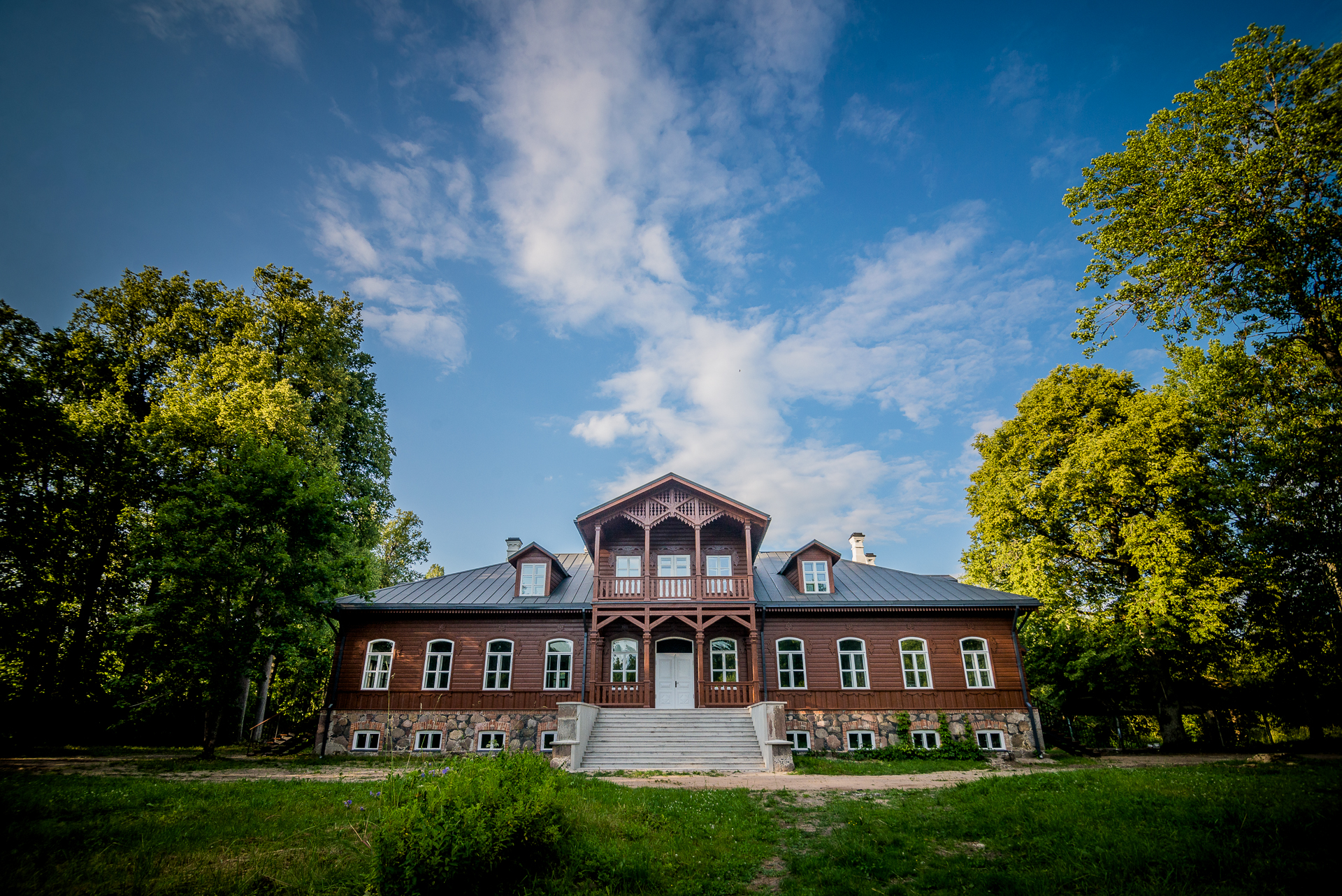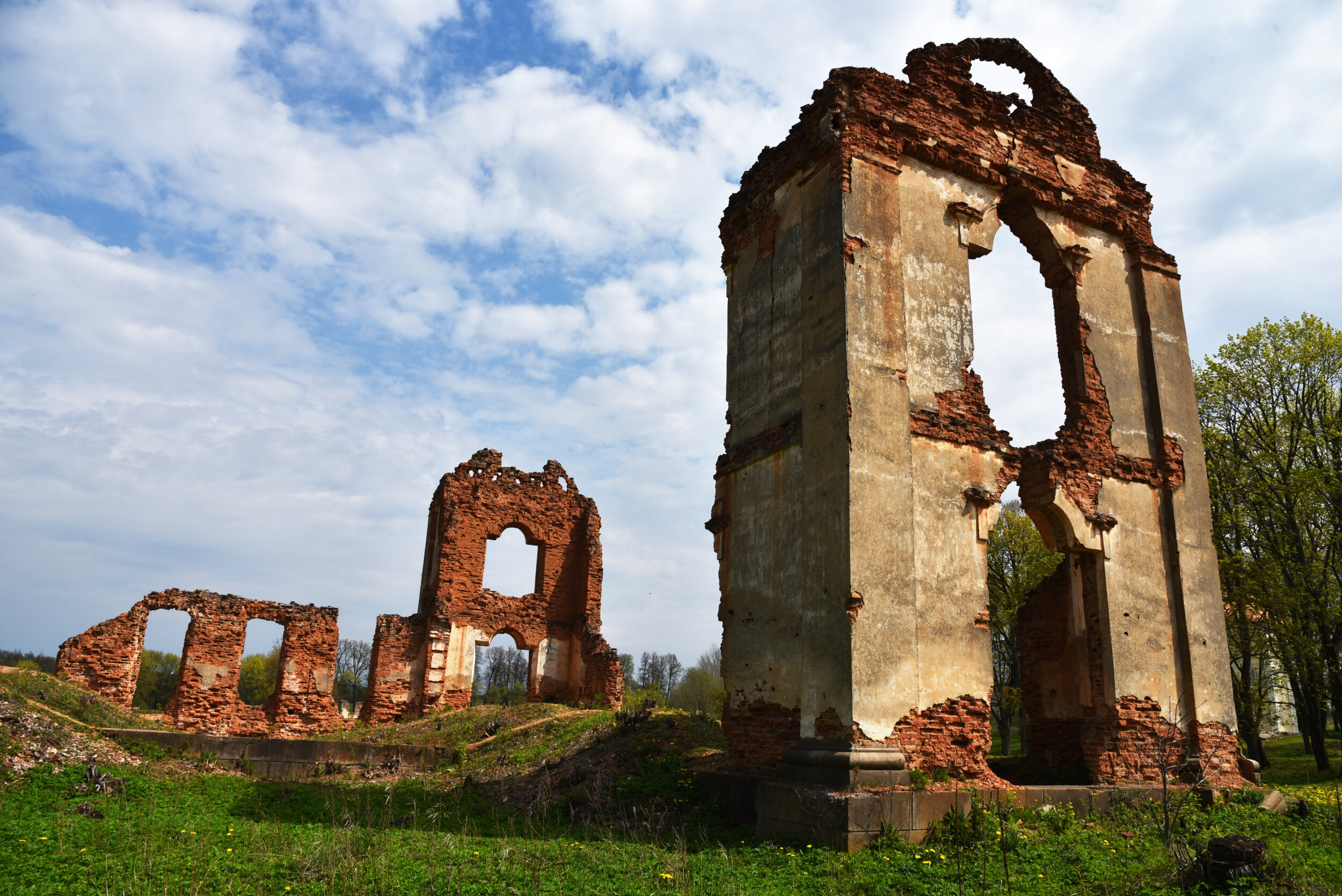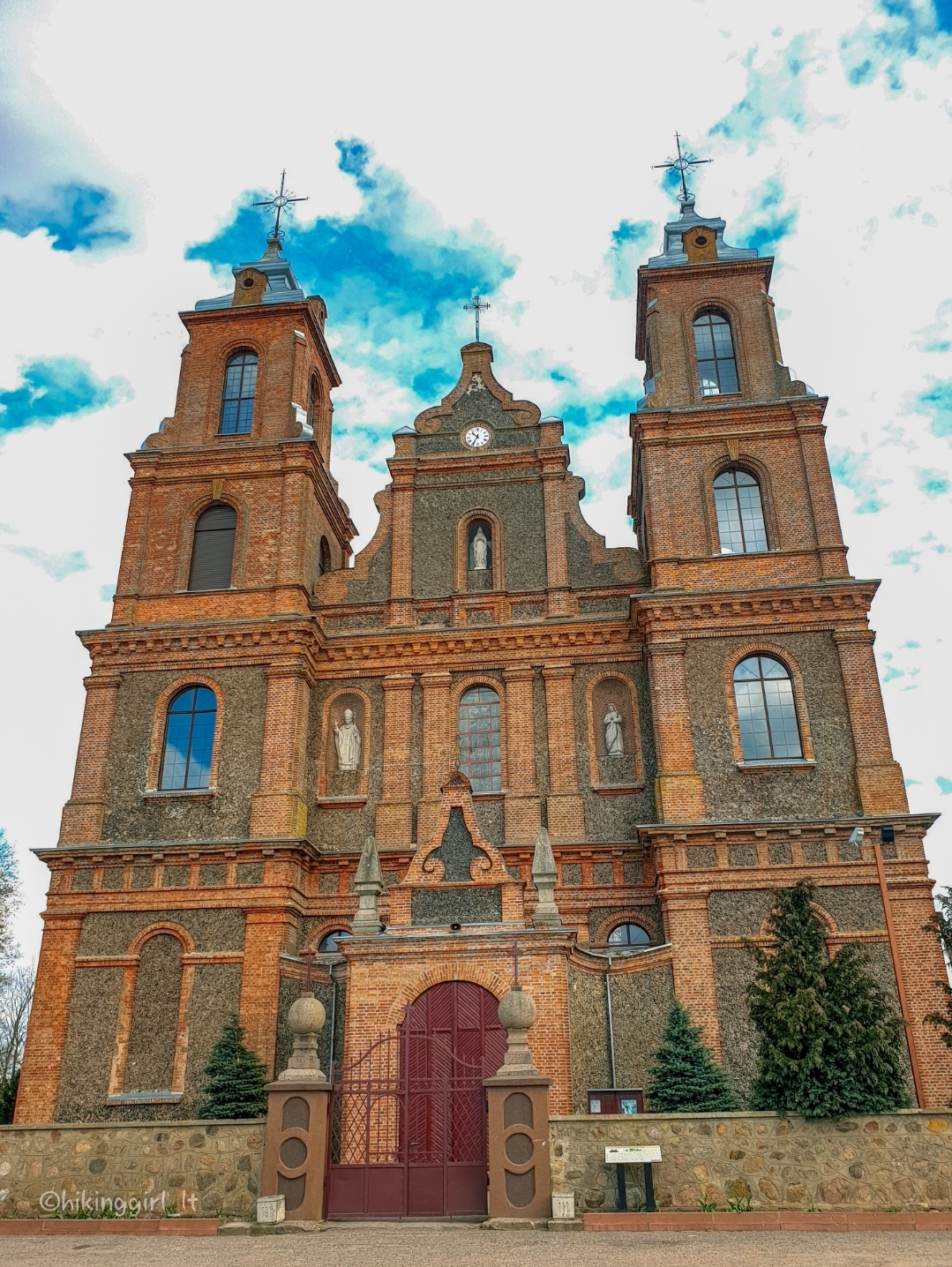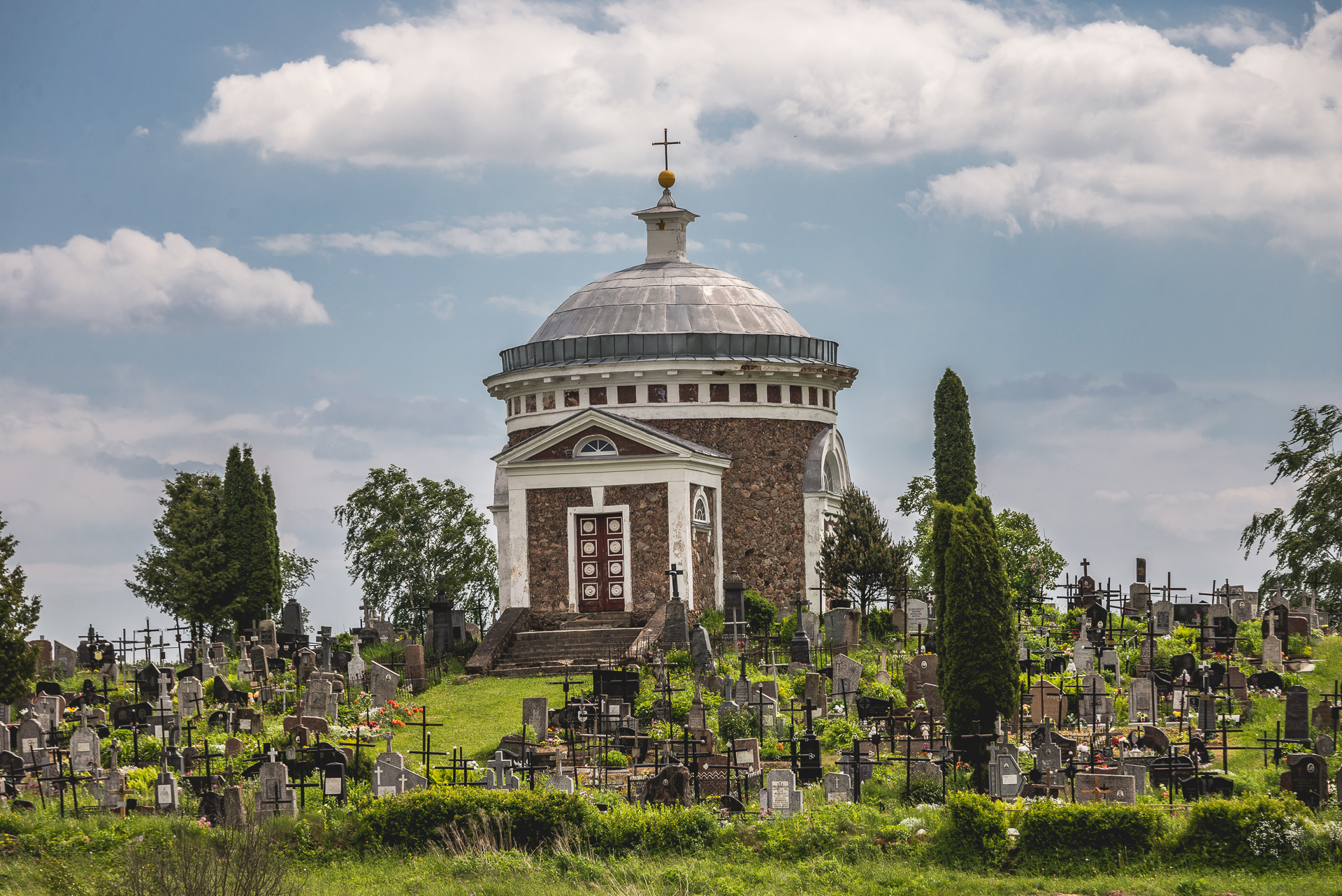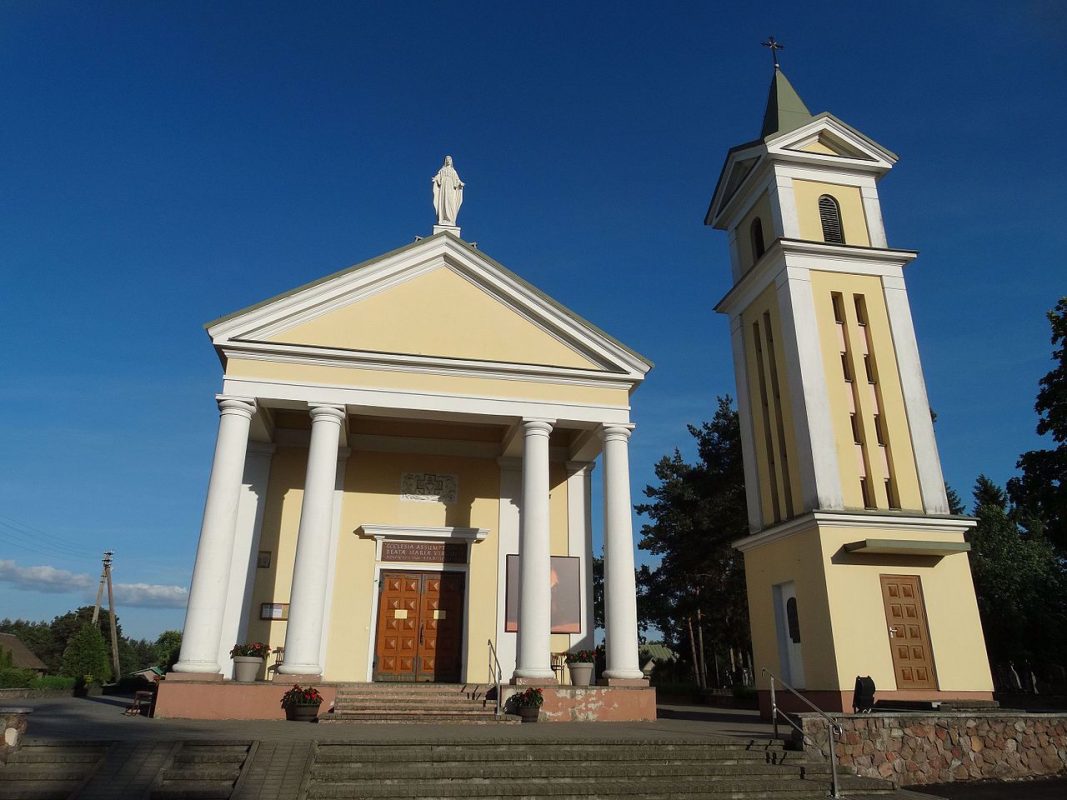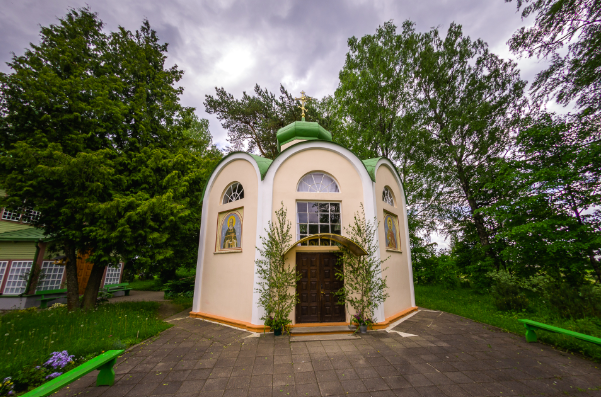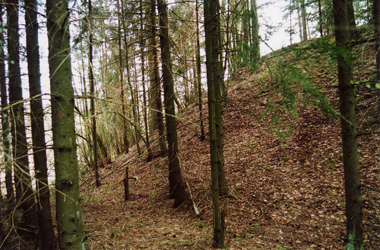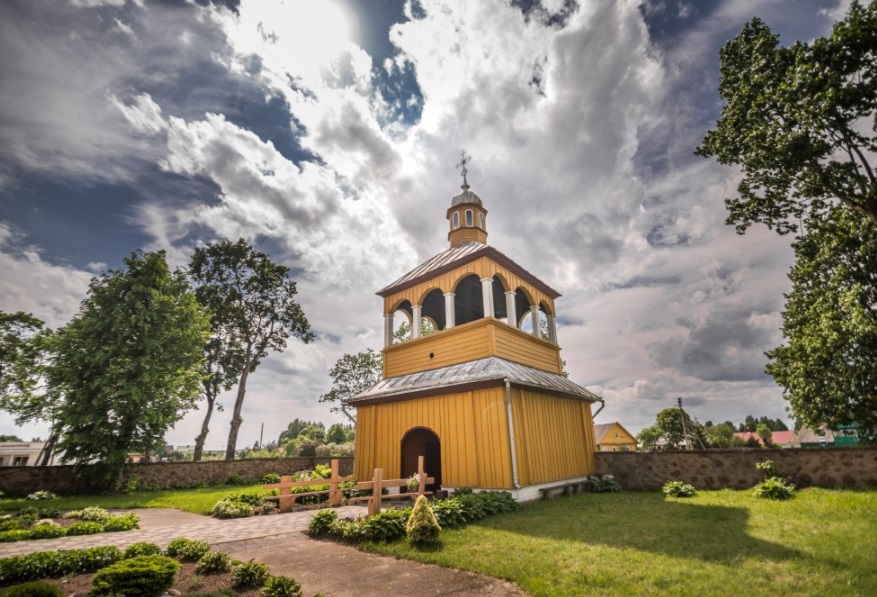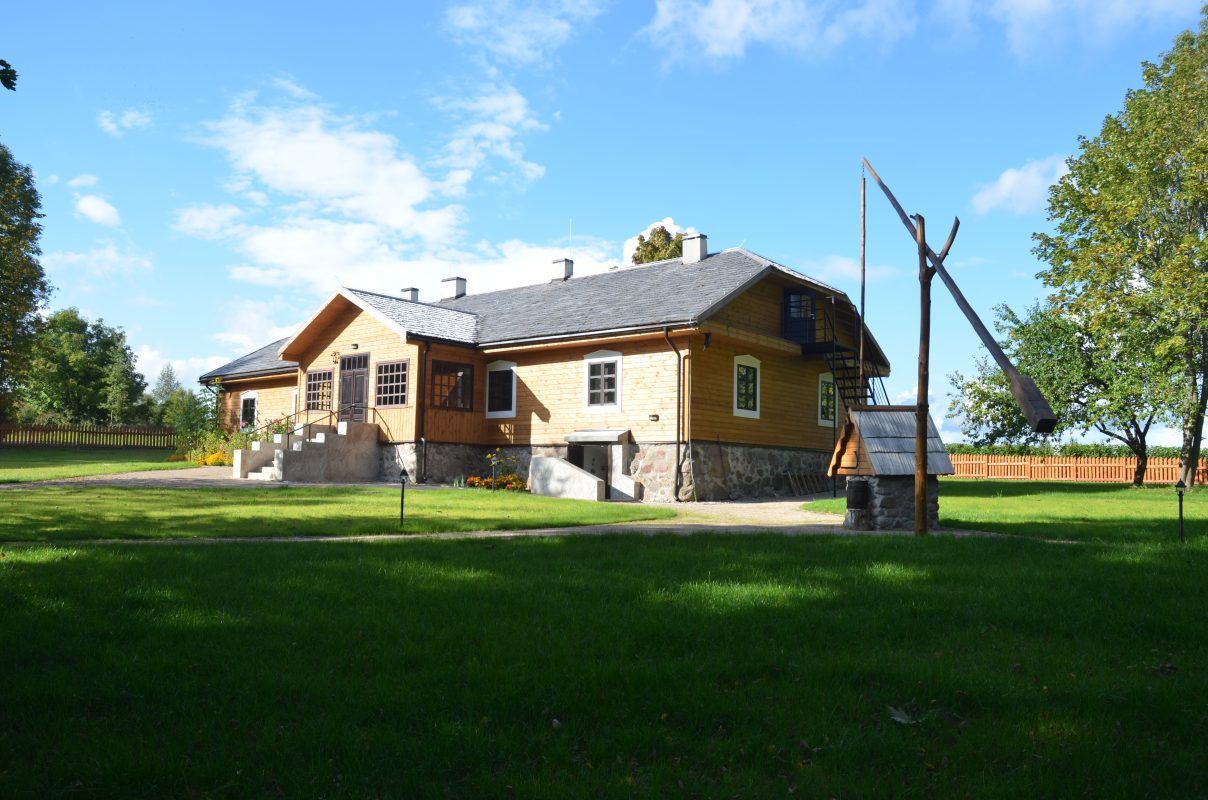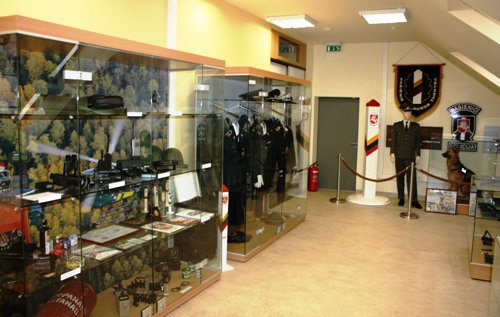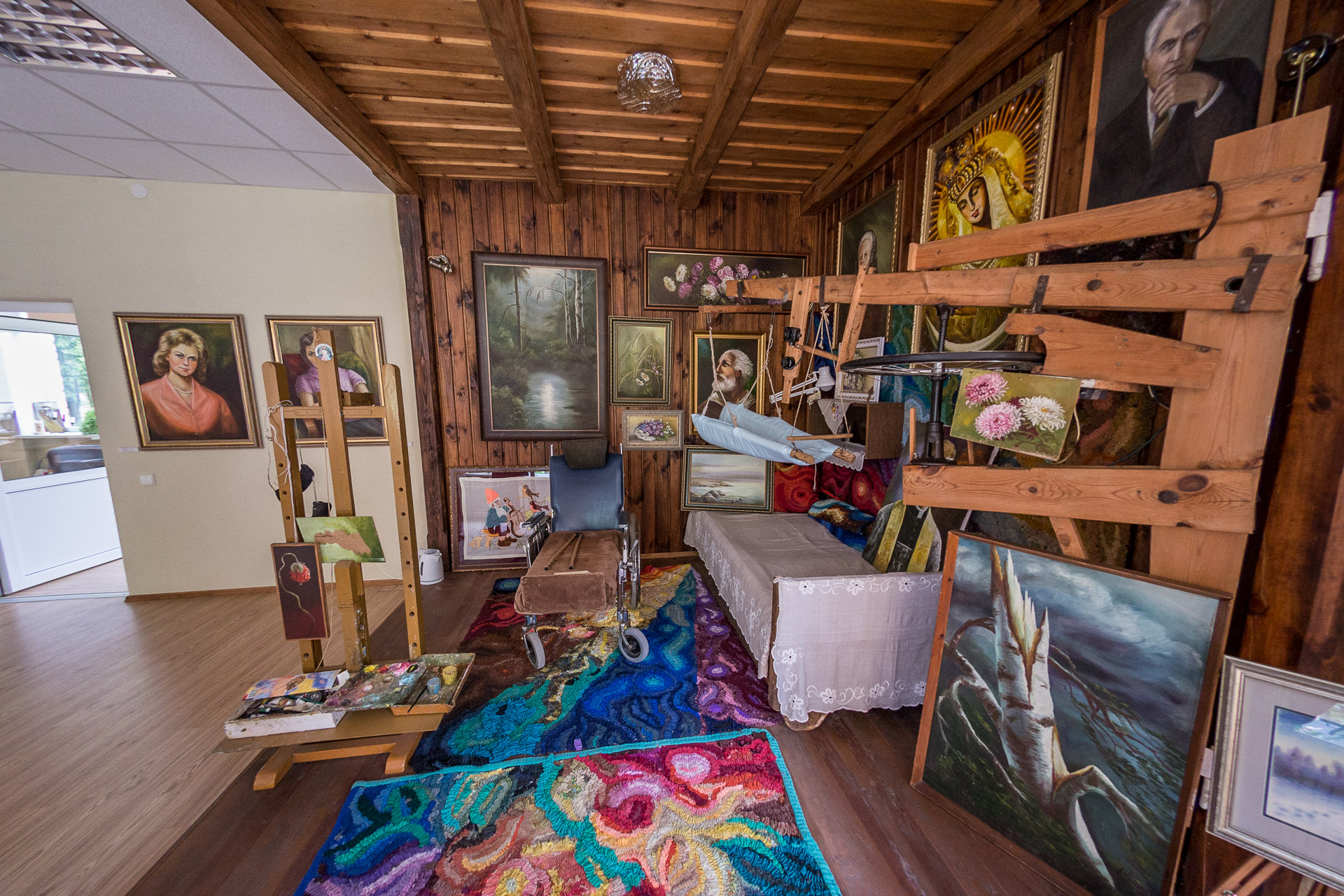Šumskas Manor

141

0

0
0 out of 5
(0 reviews)
The descendants of Stanislovas Sakas, who participated in the Horodło Union ceremony in 1413, amassed an exceptional historical heritage encompassing about 80 manors. This noble family became an important part of the Lithuanian aristocracy. Later, in 1618, Kazimieras Šumskis, known for his honorable character and position as Vilnius deputy cup-bearer, acquired the estate and became its new owner, giving his surname to the locality.
Info
The descendants of Stanislovas Sakas, who participated in the Horodło Union ceremony in 1413, amassed an exceptional historical heritage encompassing about 80 manors. This noble family became an important part of the Lithuanian aristocracy. Later, in 1618, Kazimieras Šumskis, known for his honorable character and position as Vilnius deputy cup-bearer, acquired the estate and became its new owner, giving his surname to the locality.
The development of Šumskas town was significantly influenced by Kazimieras' son, Mykolas Rapolas, and his wife Halina, who founded the wooden Church of St. Michael the Archangel and attracted Dominican monks, establishing a monastery. Their initiative led to the transfer of Šumskas town to the Dominican monastery.
After Mykolas Rapolas' death, the manor was inherited by Kazimieras Dziergovskis Šumskis.
The Šumskis family's role in Lithuanian history was significant, especially Stanislovas, who actively participated in the 1831 uprising and was a member of the Supreme Committee of the Rebels. Subsequently, the manor passed into the hands of the Laskovičius family, who also had historical ties to the 1794 uprising led by Tadas Kosciuška and possibly the Oginski family members.
Šumskas Manor, as a historical witness to the past, reveals a wealth of interesting historical facts and personalities. It has become a venue for cultural and musical events, especially recalling visits by Michał Kleofas Oginski and his music performances in the Oval Hall.
Found a mistake?
Report
Whats new?
Nearby attractions
Nearest museums

 Entertainment
Entertainment
 Sightseeing
Sightseeing
 Food establishments
Food establishments





























 54.59358, 25.720538
54.59358, 25.720538
 Get directions
Get directions








